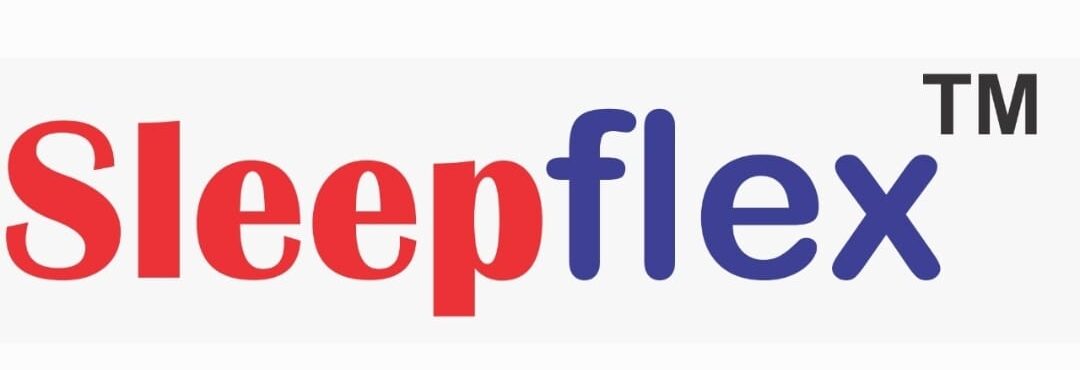In today’s progressively interconnected world, the capacity to function collaboratively is an essential ability. As standard academic standards advance to fulfill the demands of the 21st century, joint learning becomes a pivotal idea. This article looks into the complexities of collective discovering, discovering its benefits, strategies, and challenges, while providing insights right into just how it shapes modern-day education.
Joint knowing goes beyond merely interacting.

It personifies an academic strategy where people engage in a cumulative effort to acquire understanding, resolve issues, and attain an usual goal. This approach highlights the worth of variety in idea and cultivates much deeper understanding via communication and common experience.
The Advantages of Collaborative Understanding
Collaborative discovering supplies a myriad of benefits, making it a popular approach in instructional settings across the globe. Among the main advantages is the improvement of crucial assuming skills. As students involve with peers, they are exposed to various perspectives, motivating them to examine and examine info much more critically.
An additional significant advantage is the renovation in interaction skills. Collaborative understanding atmospheres demand energetic listening, verbalize expression of ideas, and respectful discussion. These skills are very useful, not simply academically, but in specialist and social contexts as well.
Cognitive growth is additionally notably strengthened via joint initiatives. Collaborating calls for learners to verbalize their thinking, obstacle presumptions, and incorporate different viewpoints, causing much deeper cognitive handling and retention.
- Improved vital assuming
- Improved communication abilities
- Raised cognitive advancement
- Greater retention prices
- Cultivating of social and leadership skills
The cumulative effect of these benefits is an extra all natural educational experience. Learners not only obtain understanding however additionally develop crucial life abilities that prepare them for future collaborative undertakings in any kind of area.
- mostbet
- pinup az
- mostbet casino
- 1 win aviator
- pinup az
- mostbet casino
- 1win casino
- mostbet uz online
- pin up az
- pin up casino india
- mostbet
- pin up
- pinup uz
- мостбет казино
- pin up casino
- 1wın
- mosbet
- pinko casino
- 1win slot login
- 1win
- mosbet az
- pin up casino
- 1 win online
- slot 1win
- pinko casino
- 4rabet casino
- snai casino
- mostbet kz
- 1win casino
- pin up
- 1win tr
- mostbet casino
- pinco casino
- mostbet
- pinko casino
- mosbet casino
- 1 win casino
- 1 win online
Strategies for Efficient Collaborative Knowing
Carrying out collaborative learning effectively needs thoughtful technique and planning.

Educators has to create an atmosphere conducive to collaboration, where learners really feel secure and motivated to participate freely. Right here are some strategies that can facilitate effective joint discovering experiences.
First of all, developing clear purposes and assumptions is vital. When learners recognize the objectives and their roles within the team, they are more likely to engage meaningfully. Educators needs to interact these purposes explicitly and ensure they are lined up with the curriculum.
Second of all, the use of varied group structures can enrich the discovering experience. By differing group composition, whether by skill degree, interest, or history, educators can boost vibrant interactions and a much more extensive understanding of the material.
Difficulties in Collaborative Discovering
While collaborative understanding uses many benefits, it is not without its obstacles. One usual problem is the variation in team member participation. Some people might dominate discussions, while others may be much less inclined to contribute, causing an inequality in the learning experience.
- Inconsonant levels of involvement
- Prospective for conflict
- Time monitoring troubles
- Varying levels of dedication
Furthermore, problems can occur as a result of varying opinions, functioning designs, or misconceptions. Educators has to be equipped to take care of these disputes successfully, fostering an environment where considerate dialogue prevails.
The Duty of Technology in Collaborative Learning
In the digital age, modern technology plays a crucial role in promoting collective discovering. On the internet systems break geographical barriers, allowing individuals from diverse locations to work together in actual time. These devices provide a plethora of attributes that boost collaborative efforts, from shared documents and conversation forums to virtual conference rooms.

Innovation not just expands the scope of that can participate in collective discovering however also enriches the quality of communication. Learners can access a broader range of resources, engage with interactive content, and use their knowledge in cutting-edge methods.
Future of Collaborative Learning
Looking ahead, the future of collective discovering shows up promising. As schools continue to accept innovation and introduce pedagogical methods, collaboration will likely come to be a keystone of learning experiences whatsoever degrees of education.
Inevitably, the significance $70,000 – 17 1/2 % . if i get this right i get the iphone xr of collective discovering depends on its capability to encourage individuals through shared effort and mutual understanding. As we move on, cultivating these experiences will be essential in preparing learners not simply to succeed academically, but to thrive in a facility, interconnected globe.


